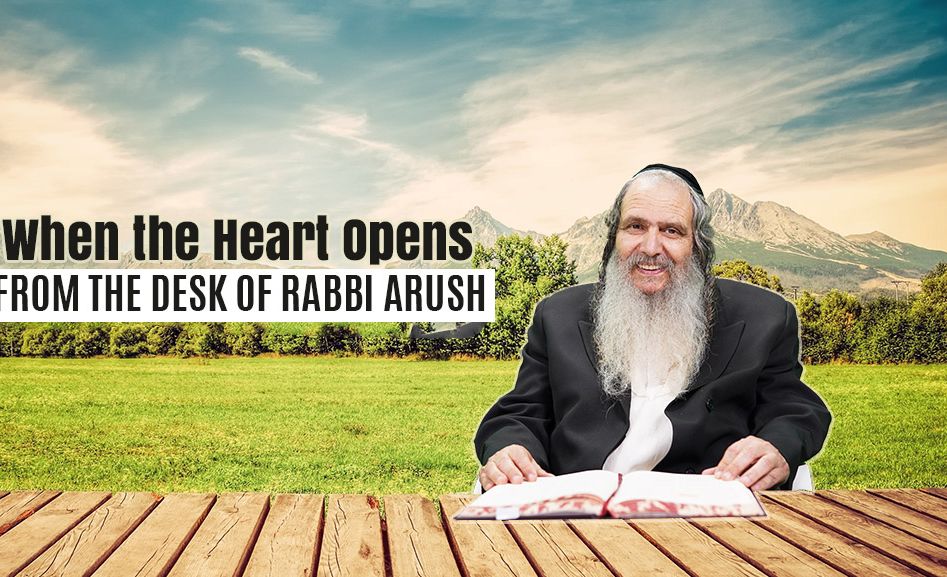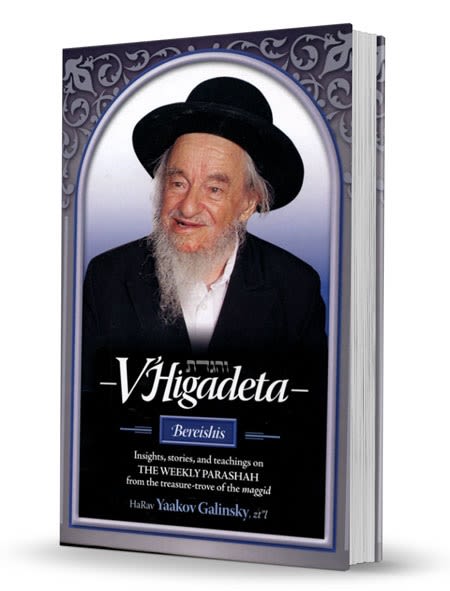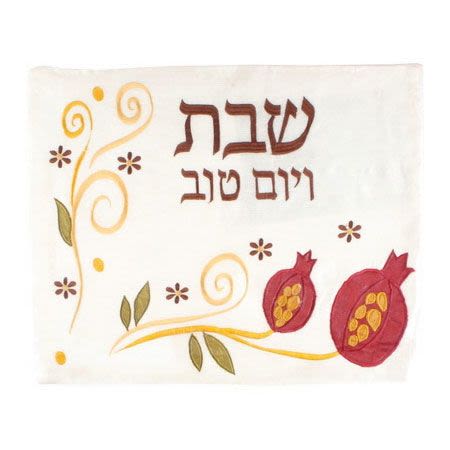
Come Back to Life and See the Good
Shabbat Parah Adumah: Belief in ourselves is critical before we can extricate ourselves from all the bad in us. How can we focus on the good within without blurring the lines between good and evil?

Accept Me the Way I Am
After the wife finished telling all the husband’s misdemeanors – his addictions, his angry outbursts at home – the husband’s turn came. He turned to the marriage counselor and said:
“Look, I know I’m addicted to bad habits and that I have a problem with anger, but what can I do? That’s the way I am. Instead of flagellating myself and feeling bad about it, I judge myself favorably, and accept myself the way I am. And I would expect my wife too to accept me and love me the way I am…”
The counselor was astonished at this reply. He understood that according to the husband’s worldview, there was no chance that any change would take place. He tried to suggest to the husband gently that he is making a serious mistake, but the husband refused to budge and he even used an illustrious figure as his source: “You will not change my attitude. This is not just my opinion, but the opinion of the greatest of the tzaddikim who understand a man’s soul. Not only is this idea written clearly in Rabbi Nachman’s teachings, but one can say that that is Rabbi Nachman’s main piece of advice and he promised that he who does this will surely correct himself…”
That’s Not What it Means
The counselor was a learned person, and he knew a thing or two about Rabbi Nachman. So he smiled and said:
“Ah! I understand. You are really speaking in the name of Rabbi Nachman. So I suggest that we learn together a small section from the main book of the Breslev teachings, written by Rabbi Nachman’s greatest disciple, the one who is the most qualified to interpret his Rebbe’s teachings.”
The counselor opened the book Likutei Halachot at the first section that deals with judging oneself favorably and read: “And this is the aspect of ‘that which purifies the impure and contaminates the pure (metaher tmei’im umetameh tehorim)’ (referring to the Para Aduma – the Red Heifer), because this aspect is when someone judges himself favorably, and finds good points in himself. This aspect purifies the impure and contaminates the pure…”
The marriage counselor went on to explain to the husband: “Rabbi Nachman’s advice is extremely powerful, but you are not using it in the right way, nor in the right place. Note that Rabbi Nachman is not coming to justify faults and evil behavior. He does not mean to blur the clear boundary between good and bad, chalila, but rather he says one should find in oneself the good, that is, to focus on one’s good traits and strengthen them, as a way to battle the evil and banish it.”
The Meaning of Life
In order to better understand Rabbi Natan’s words, we will explain the matter of the purification from tumat met – the impurity of the dead. When the beit mikdash stood, and the laws of tuma and taharah (impurity and purity) were relevant, there were different types of tuma. For most of them, it was enough to immerse in a mikvah with some other conditions in order to become tahorah.
But tumat met was not like the other types of tumah; it is called “avi avot hatuma” – “the mother of all tumot” (in free translation). This is a severe tumah, which necessitates a person going through a seven-day process of taharah, during which water mixed with the ashes of the Parah Adumah is sprinkled on him.
Why is tumat met so severe? Because there is nothing as severe as death. As long as a person is alive, he acts and moves forward and aspires. The greatest danger for a person is to stop fighting for his life. An encounter with death might make a person lose his taste for life and make him stop striving and moving forward and improving himself. That is why he needs a special process of purification. Death is a general name to anything that stops a person from advancing, fixating him in his bad state. Accepting bad desires, addictions and bad character traits is also death. The person thus decrees upon himself spiritual death and prevents himself from advancing, changing, and getting out of the bad place he is in.
And so, we need the ashes of the Parah Adumah. According to the holy Zohar and according to Rabbi Natan, the red color of the Parah Adumah hints to a very bad reality of embedded dinim, in other words, a person who is being ruled by the bad that is within him. but the parah is also “without a blemish, upon which a yoke has not come.” In spite of the bad state of affairs, every person has some good point, some pure, unblemished aspect to him, where the yetzer hara has no foothold, where the person is free to choose good. The ashes of the Parah Adumah enable the person to connect to this place and get the strength to continue to live, to act and to move forward in his life.
From Here one can Move on
Chazal explain that there is something very unusual in the way the Parah Adumah purifies – it does purify the impure, but the tahora people who handle the ashes – they actually become tameh! It is here that Rabbi Natan explains that the process of finding the good in a person might also cause him to make a mistake and ignore the evil that is in him, or, chalila, even accept the bad that is in him and even justify it. This might cause the tahora to become tameh, for not only does he stop trying to correct himself, but he also makes peace with evil, and even accepts it as an inseparable part of the reality of his life. And that is the exact opposite from what Rabbi Nachman meant.
After the marriage counselor completed this explanation, it was the husband’s turn to be astonished. He had never looked at this matter in that light. He understood that in the very fact that he had accepted his problems, he had blocked the way to change and to having a marriage and a life that are Jewish, healthy, and proper. But now the first barrier had been broken down, and the marriage counselor was able to begin to further a process for the good of the couple.
Our Generation’s Tumat Met
This is a very deep point.
Rabbi Nachman said that the main tumat met is the pgam habrit (inappropriate emissions) and adulterous desires. Because these actually take a force of life and kill it. and we see that the vast majority of human beings have almost given up when it comes to this issue.
Rabbi Nachman’s main effort, for which he sacrificed his life and the life of his family, was to find a tikkun to this problem. And while promising the tikkun, he also demanded from people not to continue to do it intentionally, chalila. Rabbi Nachman connects a person with good that is in him and with his good wishes, but he never blurs the boundary between the permitted and the forbidden. What is forbidden, is forbidden; what is bad, is bad; no compromises and no playing games.
We read Parashat Parah in preparation for the Pesach sacrifice and holiday. On Pesach we leave the exile. Rabbi Nachman gives us the real ashes of the Parah Adumah, which reconnect us with the life forces within us that want to be good and do only good. And from this purity we go on to the main labors of life alluded to in the korban Pesach – korban as in hitkarvut – coming closer to Hashem.
The Parah Adumah Brings us Back to Life
And what is this labor? Korban Pesach, unlike all other sacrifices, is eaten only roasted and not cooked in water. The Breslev chassidim used to say that roasting is an allusion to prayer, because tzli (roast) means “he prayed” in Aramaic.
The word Pesach, too, alludes to prayer: peh sach – a mouth speaks.
The purification by the Parah Adumah returns to us the faith in ourselves, and through that the faith in Hashem, which is the faith in the power of prayer. The main symptom of tumat met is inability to truly pray and connect to Hashem through prayer, because only someone who is alive can pray, as it says, “Prayer to the G-d of my life”. prayer is life, and when a person is connected with death – that is, with evil – the springs of prayer become blocked up.
But by the purification of the Parah Adumah, a person returns to life, and then he can once again connect through prayer, as alluded to in the korban Pesach.
May we merit to truly understand Rabbi Nachman’s advice and not distort, chalila, his holy teachings.
And by acting according to his holy advice, according to his pure intentions and Rabbi Natan’s explanations, we will be able to once again believe in ourselves, believe in Hashem yitbarach and believe that we can extricate ourselves from all the bad in us and truly come close to Hashem by using the power of prayer.












Tell us what you think!
Thank you for your comment!
It will be published after approval by the Editor.